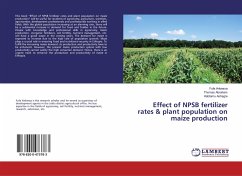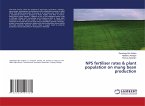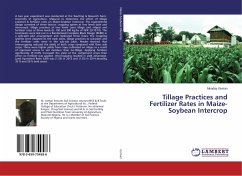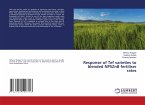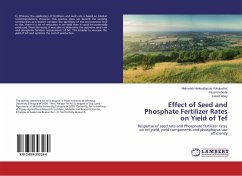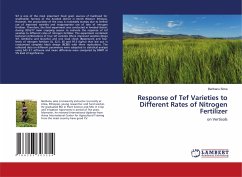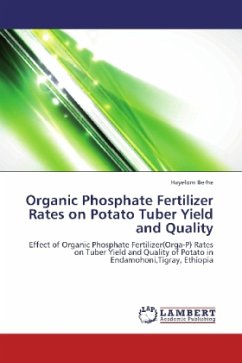This book ¿Effect of NPSB fertilizer rates and plant population on maize production¿ will be useful for students of agronomy, agriculture, scientists, agronomists, development professionals and professionals working in allied fields. With the global population increasing at an alarming rate, there will be a substantial increase in demand for food and fodder in the future. People with knowledge and professional skills in agronomy, maize production, inorganic fertilizers, soil fertility, nutrient management, etc. will have a good scope in the coming years. The demand for maize is expected to increase due to the high rate of population growth. Maze plays a crucial role in ensuring food and nutritional security in Ethiopia. To fulfill the increasing maize demand, its production and productivity have to be enhanced. However, the present maize production system with low productivity cannot satisfy the high consumer demand. Hence, there is an urgent need to enhance the production and productivity of maize in Ethiopia.
Hinweis: Dieser Artikel kann nur an eine deutsche Lieferadresse ausgeliefert werden.
Hinweis: Dieser Artikel kann nur an eine deutsche Lieferadresse ausgeliefert werden.

